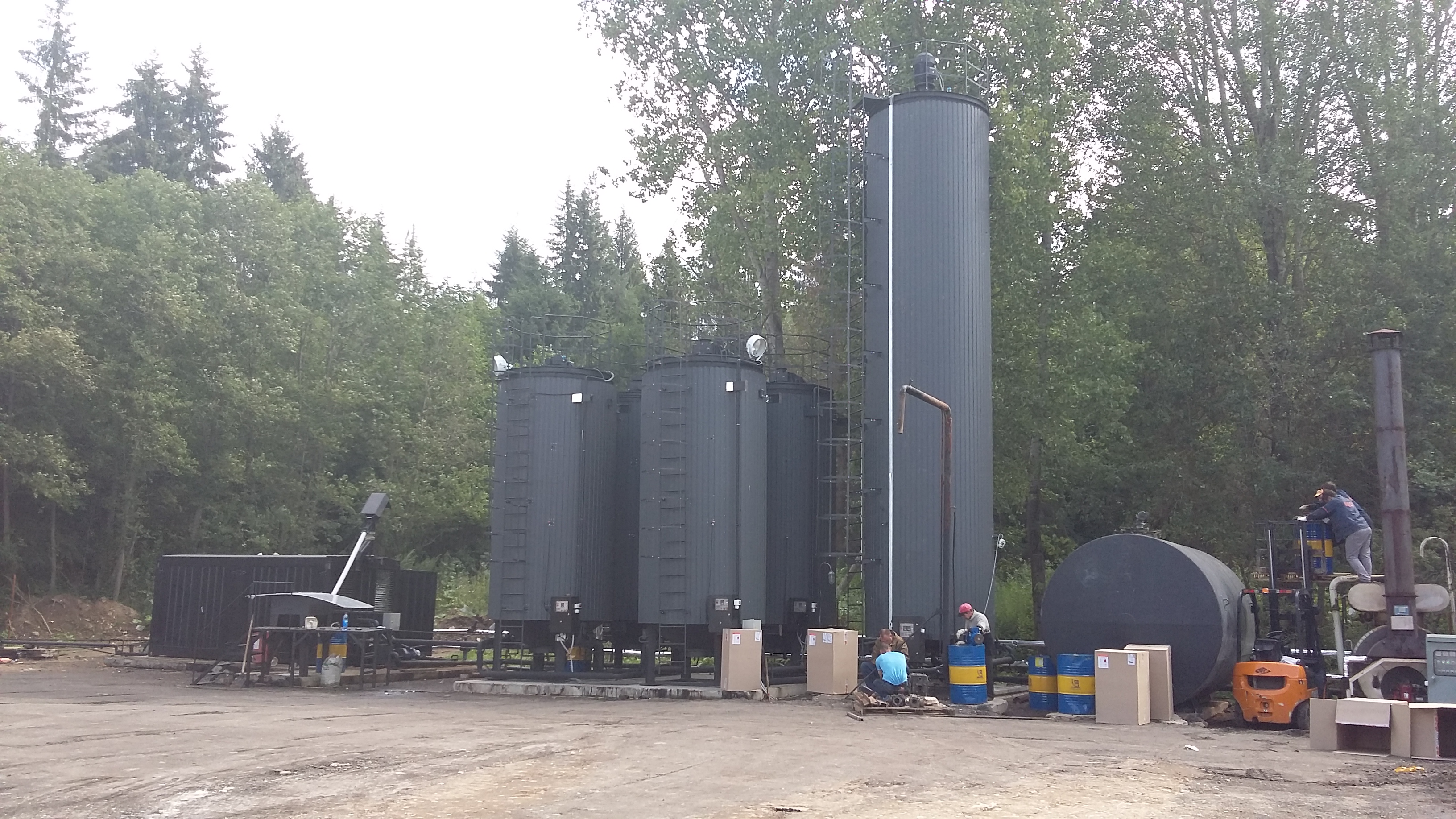The use of polymer-bitumen binders (PBB) or as it is also called polymer-modified bitumen (PMB) continues to grow every year. This is due to several factors:
- First of all, because of the decrease in the quality of raw bitumen supplied to asphalt plants. Gradually, oil refineries learned to extract an increasing percentage of useful resources from oil. As a result, in bitumen, which in essence is the residue from processing, there are almost none, so it led to a decrease in its characteristics.
- The need for the temperature-resistant road surface. Not every roadway can withstand extremely low or high temperatures for a long time. The PMB covers the need to build long-lasting roads where previously this was not possible – in the cold regions of Canada, Russia, and Finland, the incredibly hot countries of Africa, in the semi-desert regions of Australia and in similar climatic territories.
- The increase in traffic and load on the roadway. Despite the technology, the thickness of the asphalt pavement and its number of layers it begins to wear out over time due to the high traffic load. This is most visually noticeable on the tracks where heavy trucks constantly drive with heavy loads on each axle and in places where frequent braking occurs, such as traffic lights and crossroads. Asphalt made from ordinary bitumen does not have shape memory and as a result, over time, it forms a rut.
The production of asphalt from polymer-modified bitumen allows us to solve these problems by improving the quality of the material from which the roadway is made. Next, let us look at what exactly is needed in order to produce polymer-bitumen binders.
Modification of bitumen with polymers is done by PMB production plants. The main materials are polymer additives and road or construction types of bitumen. The materials themselves are supplied to the unit separately. The technology is as follows:
Bitumen is heated by a bitumen heater to about 180 ° C and then pumped through pipes heated by hot oil to the reactor of the plant. By the way, modern plants designed in a way that if the temperature of bitumen at the entrance to the reactor itself is not high enough, the pump returns the bitumen flow back to the heater. This is due to possible heat losses during the supply from the heater or insufficient heating of the pipes.
Then, depending on the selected recipe, a plasticizer and other additives are pumped into the same reactor, and the polymer itself is loaded from the top. Dosage of additives is controlled by flow meters, while the unit automatically maintains the values required in accordance with the recipe. The dosage of the polymer is regulated by weight and is usually 2-6% of the total mass.
After that, all components are mixed by agitator inside of the reactor, to prepare them for feeding to a colloidal mill, which is placed outside the reactor itself. A colloidal mill breaks up polymer granules and mixes them with bitumen, thereby achieving even dispersion. Many plants before the colloid mill are also equipped with cavitation mixers in order to increase the degree of dispersion and extend the life of the mill itself.
Then, the finished modified bitumen is pumped into storage tanks, where, ideally, it should be stored for at least 3-12 hours to fully dissolve the polymer granulate mixed in it, this time depends on temperature, the type of polymer and the intensity of mixing. After which it can be used for your own asphalt production or for sale in the target market.
The process details themselves may vary slightly depending on the manufacturer of the unit and the recipe chosen. We described the technology used for polymer-bitumen binders in plants manufactured and designed by us. We hope this information will be useful to you and your work. Thank you for reading, for all questions and details you can contact us through our website or email address.

